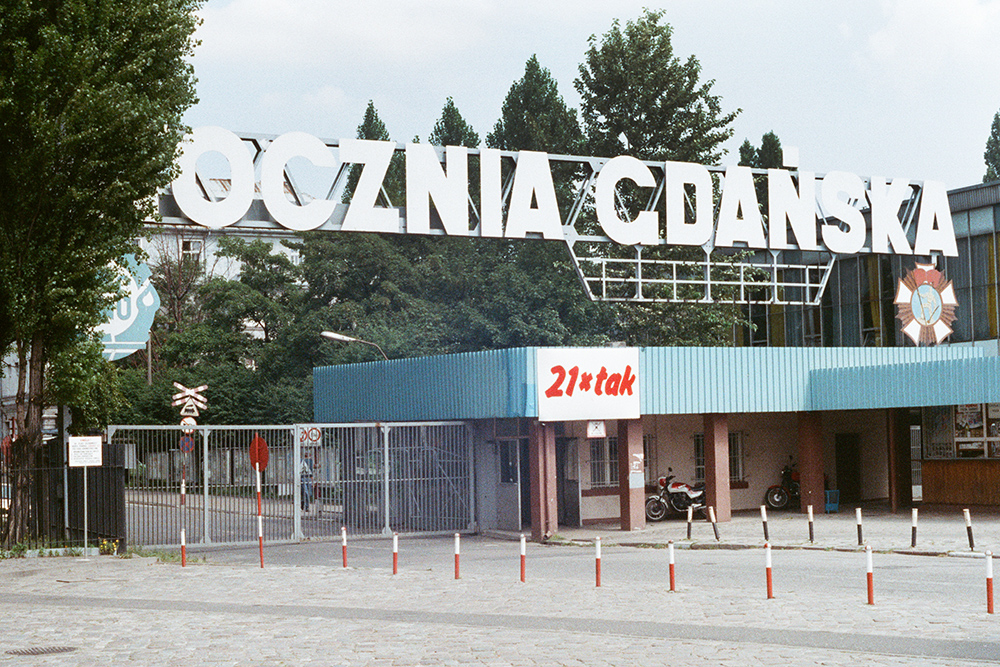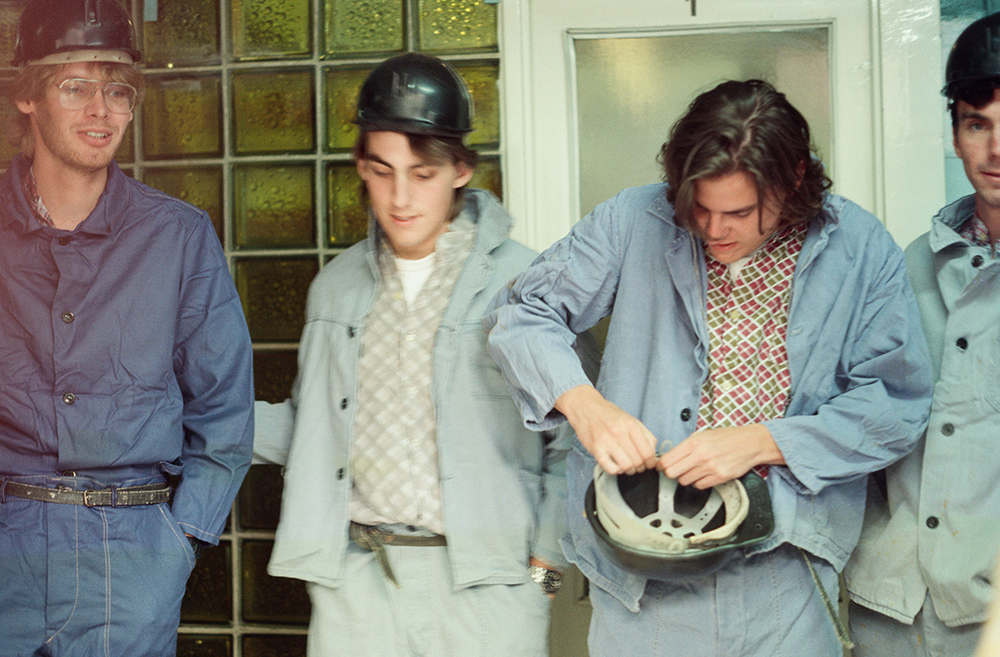|
||
 Gdańsk Shipyard, July 30, 1990. |
||
| April 2024 - In
1989, thirty-five years ago, as a student at The
George Washington University and member of Students for
Solidarity and Democracy in Eastern Europe (SSDEE),
I followed news about the transition from communism in
Eastern European countries with great interest. This was an
inflection point in history of the kind that happens
once in a generation. After decades living under repressive communist governments, people in these countries were developing new ways of thinking and new institutions. Elections were happening. In Poland, Solidarity candidates swept almost all contested seats in the June 1989 parliamentary elections, and Tadeuz Mazowiecki became the first non-communist prime minister since the war (although General Wojciech Jaruzelski was still on the scene as President). Local elections took place in May 1990. In September 1989, the government Major economic reforms were introduced a blueprint for major economic reforms in the form of the Balcerowicz plan which called for shock therapy. This led to some very difficult economic times, as Poles endured high inflation, falling wages, and job losses due to industrial restructuring. Throughout the transition period, Western governments, NGOs, and other entities mobilized to provide a broad range of assistance and expertise to Poland and other East European countries—some of which was useful and some less so. Western businesses sought out investment opportunities. This was the situation when, in July and August 1990 I traveled with a small group of students on a trip to Poland led by SSDEE founder Marcin Żmudzki. Poland was very much at a turning point, and there was a ferment of ideas. Political speech rather than commercial speech seemed to dominate. Political flyers from recent elections were posted on walls and fences, while one saw relatively few advertising posters and signs. There was a lot of discussion about whether there was a "third way" between the communist and capitalist systems. The Marriott in Warsaw was humming with business dealmaking. There were many highlights on the trip. In Gdańsk we visited the shipyard, formerly known as the Lenin Shipyard, where Lech Wałęsa had worked as an electrician. Our group met briefly with Wałęsa in his office in Gdańsk; four months later on December 9 he was elected president of Poland. We made a moving visit to the Auschwitz concentration camp where, for example, a huge pile of shoes testified to the horrors that had gone on there. At the train station we saw a different sign of the times—a train with Soviet troops leaving the country. We ventured down the Mysłowice Coal Mine in Katowice. Poland's long history was evident in Kraków . In addition to traveling around Poland, we made a brief visit to what was then Czechoslovakia, and some of the group also traveled to Hungary.  Aug. 9, 1990 at the Mysłowice Coal Mine, Marcin Żmudzki at left. My photos of the trip are not brilliant. Using a basic SLR 35mm film camera without autofocus, I produced too many images that were blurry with movement or out of focus, unusable or substandard. I had some of the wrong film, including for example a roll of slow, difficult to use Ektar 25. I did not process any of the film until I returned to the U.S., so could not correct mistakes as I went along. And at one key point, at that train station at Auschwitz with the departing Soviet troops, I found I had even run out of film. Ugh! The other person in our group who had camera would not take photos for fear of getting in trouble. In sum, I could do so much better now with my experience and the equipment available today, but I wanted to post these images to give a sense of what was happening and what we saw during that remarkable time. I have also added in some links to provide context and perspective. IN PROGRESS.... HISTORY | AROUND WARSAW | FOREIGN INVESTMENT | AROUND POLAND | POLITICAL FLYERS | PRAGUE SIDE TRIP ... Also, Marcin Żmudzki provided me with some Polish posters and leaflets from 1989 and the early 1990s which I photographed several decades ago. Unfortunately I used inappropriate B&W film and didn't have the best lighting so they are not great images. Still they are interesting; I hope to post these as well (>). Key Dates in Several Eastern European Countries
|
||
| next > | ||
